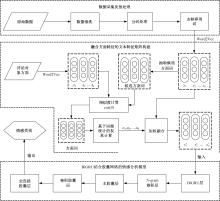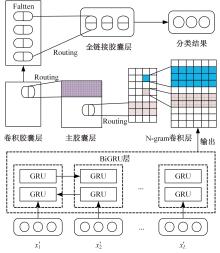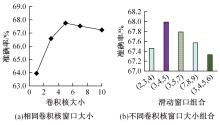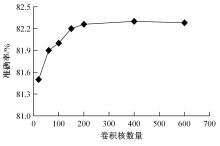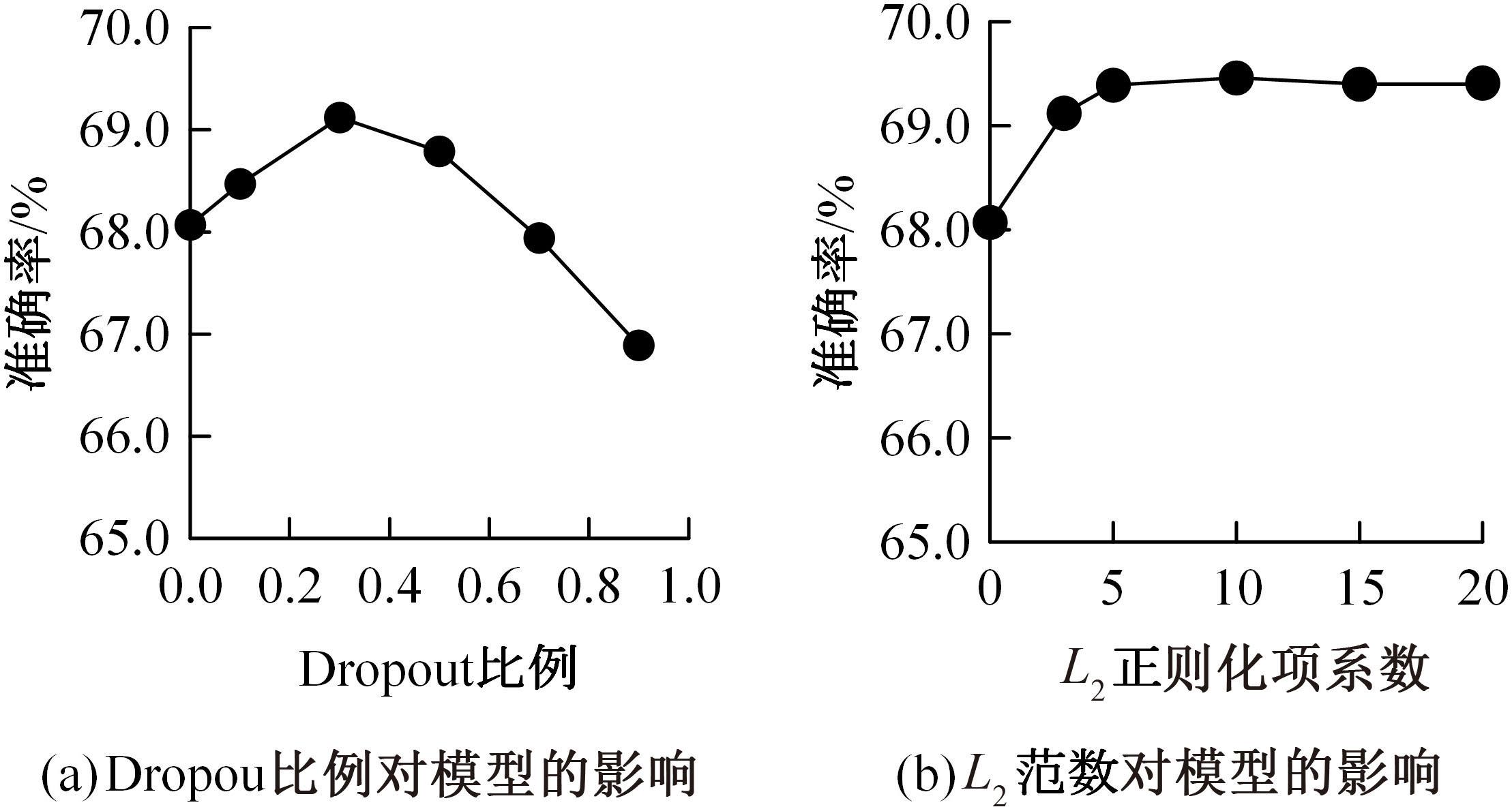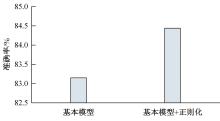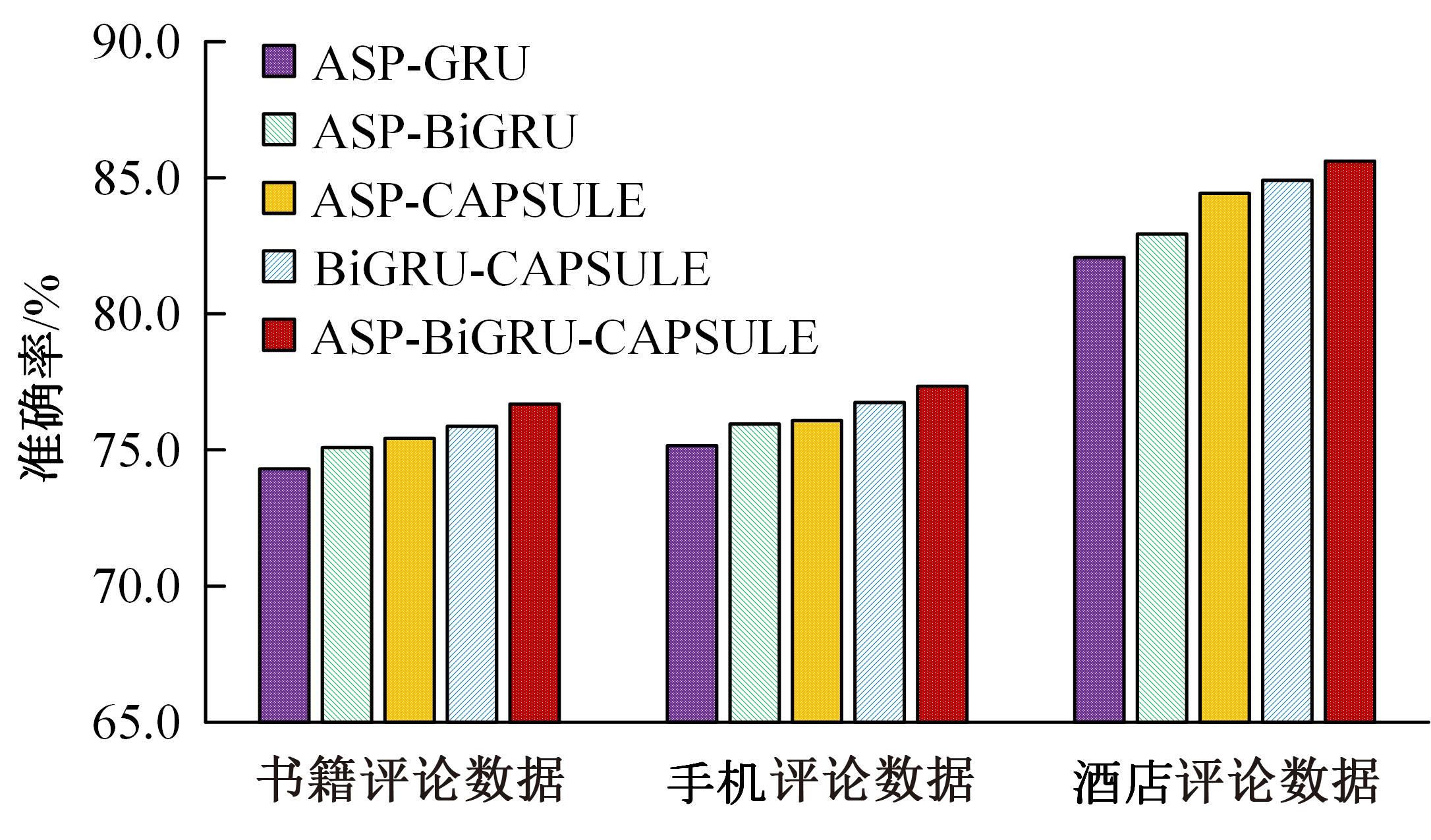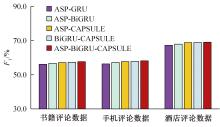Journal of Jilin University(Engineering and Technology Edition) ›› 2024, Vol. 54 ›› Issue (7): 2026-2037.doi: 10.13229/j.cnki.jdxbgxb.20221229
A text sentiment analysis method based on BiGRU and capsule network
Bai-you QIAO( ),Tong WU,Lu YANG,You-wen JIANG
),Tong WU,Lu YANG,You-wen JIANG
- School of Computer Science and Engineering,Northeastern University,Shenyang 110169,China
CLC Number:
- TP311.13
| 1 | Rao Y H, Lei J S, Liu W Y,et al. Building emotional dictionary for sentiment analysis of online news[J]. World Wide Web-internet & Web Information Systems, 2014, 17(4): 723-742. |
| 2 | Wu F, Song Y, Huang Y. Microblog sentiment classification with contextual knowledge regularization[C]∥Proceedings of the AAAI Conference on Artificial Intelligence, Austin, USA, 2015: 2332-2338. |
| 3 | Sabour S, Frosst N, Hinton G E. Dynamic routing between capsules[C]∥Proceedings of the 31st International Conference on Neural Information Processing Systems, Long Beach,USA,2017: 3859-3869. |
| 4 | Wang Y, Sun A, Han J, et al. Sentiment analysis by capsules[C]∥Proceedings of the 2018 World Wide Web Conference,Lyon, France, 2018: 1165-1174. |
| 5 | Cheng Y, Sun H, Chen H, et al. Sentiment analysis using multi-head attention capsules with multi-channel CNN and bidirectional GRU[J]. IEEE Access, 2021, 9: 60383-60395. |
| 6 | Peters M, Neumann M, Iyyer M, et al. Deep contextualized word representations[EB/OL]. [2022-07-16]. |
| 7 | Li S, Zhao Z, Hu R, et al. Analogical reasoning on chinese morphological and semantic relations[EB/OL]. [2022-07-20]. |
| 8 | Devlin J, Chang M W, Lee K, et al. Bert: pre-training of deep bidirectional transformers for language understanding[EB/OL]. [2022-07-21]. |
| 9 | Kim Y. Convolutional neural networks for sentence classification[EB/OL]. [2022-08-09]. |
| 10 | Donahue J, Anne Hendricks L, Guadarrama S, et al. Long-term recurrent convolutional networks for visual recognition and description[C]∥Proceedings of the IEEE Conference on Computer Vision and Pattern Recognition, Boston, USA, 2015: 2625-2634. |
| 11 | Tan M, Santos C D, Xiang B, et al. LSTM-based deep learning models for non-factoid answer selection[EB/OL]. [2022-08-11]. |
| 12 | Xiao Z, Li X, Wang L, et al. Using convolution control block for Chinese sentiment analysis[J]. Journal of Parallel and Distributed Computing, 2018, 116: 18-26. |
| 13 | Li H, Chai Y. Fine-grained sentiment analysis based on convolutional neural network[J]. Data Analysis and Knowledge Discovery, 2019, 3(1): 95-103. |
| 14 | Kumar A, Narapareddy V T, Srikanth V A, et al. Aspect-based sentiment classification using interactive gated convolutional network[J]. IEEE Access, 2020, 8: 22445-22453. |
| 15 | Cho K, Van Merriënboer B, Gulcehre C, et al. Learning phrase representations using RNN encoder-decoder for statistical machine translation[EB/OL].[2022-08-13]. |
| 16 | Zhang B, Zhou W. Transformer-Encoder-GRU (T-E-GRU) for Chinese sentiment analysis on Chinese comment text[J]. Neural Processing Letters, 2023, 52(2): 1847-1867. |
| 17 | Vaswani A, Shazeer N, Parmar N, et al. Attention is all you need[C]∥Advances in Neural Information Processing Systems,Long Beach, USA, 2017: 5998-6008. |
| 18 | Basiri M E, Nemati S, Abdar M, et al. ABCDM: an attention-based bidirectional CNN-RNN deep model for sentiment analysis[J]. Future Generation Computer Systems, 2021, 115: 279-294. |
| 19 | Zhao W, Ye J, Yang M, et al. Investigating capsule networks with dynamic routing for text classification[EB/OL]. [2022-08-15]. |
| 20 | Dong Y, Fu Y, Wang L, et al. A sentiment analysis method of capsule network based on BiLSTM[J]. IEEE Access, 2020, 8: 37014-37020. |
| 21 | Gu D, Wang J, Cai S, et al. Targeted aspect-based multimodal sentiment analysis: an attention capsule extraction and multi-head fusion network[J]. IEEE Access, 2021, 9: 157329-157336. |
| 22 | Yang K H, Liu J. Weibo sentiment analysis based on advanced capsule network[C]∥2021 International Symposium on Computer Science and Intelligent Controls (ISCSIC), Rome, Italy, 2021: 211-216. |
| 23 | Phan H T, Nguyen N T, Hwang D, et al. Aspect-level sentiment analysis using CNN over BERT-GCN[J]. IEEE Access, 2022, 10: 110402-110409. |
| 24 | Liao W, Zhou J, Wang Y, et al. Fine-grained attention-based phrase-aware network for aspect-level sentiment analysis[J]. Artificial Intelligence Review: An International Science and Engineering Journal, 2022(5): 55. |
| 25 | Huang B, Guo R, Zhu Y, et al. Aspect-level sentiment analysis with aspect-specific context position information[J]. Knowledge-Based Systems, 2022, 243: No.108473. |
| [1] | Ming-hui SUN,Hao XUE,Yu-bo JIN,Wei-dong QU,Gui-he QIN. Video saliency prediction with collective spatio-temporal attention [J]. Journal of Jilin University(Engineering and Technology Edition), 2024, 54(6): 1767-1776. |
| [2] | Li-ping ZHANG,Bin-yu LIU,Song LI,Zhong-xiao HAO. Trajectory k nearest neighbor query method based on sparse multi-head attention [J]. Journal of Jilin University(Engineering and Technology Edition), 2024, 54(6): 1756-1766. |
| [3] | Yu-kai LU,Shuai-ke YUAN,Shu-sheng XIONG,Shao-peng ZHU,Ning ZHANG. High precision detection system for automotive paint defects [J]. Journal of Jilin University(Engineering and Technology Edition), 2024, 54(5): 1205-1213. |
| [4] | Xiong-fei LI,Zi-xuan SONG,Rui ZHU,Xiao-li ZHANG. Remote sensing change detection model based on multi⁃scale fusion [J]. Journal of Jilin University(Engineering and Technology Edition), 2024, 54(2): 516-523. |
| [5] | Guo-jun YANG,Ya-hui QI,Xiu-ming SHI. Review of bridge crack detection based on digital image technology [J]. Journal of Jilin University(Engineering and Technology Edition), 2024, 54(2): 313-332. |
| [6] | Yue-lin CHEN,Zhu-cheng GAO,Xiao-dong CAI. Long text semantic matching model based on BERT and dense composite network [J]. Journal of Jilin University(Engineering and Technology Edition), 2024, 54(1): 232-239. |
| [7] | Guang HUO,Da-wei LIN,Yuan-ning LIU,Xiao-dong ZHU,Meng YUAN,Di GAI. Lightweight iris segmentation model based on multiscale feature and attention mechanism [J]. Journal of Jilin University(Engineering and Technology Edition), 2023, 53(9): 2591-2600. |
| [8] | Xiao-jun JIN,Yan-xia SUN,Jia-lin YU,Yong CHEN. Weed recognition in vegetable at seedling stage based on deep learning and image processing [J]. Journal of Jilin University(Engineering and Technology Edition), 2023, 53(8): 2421-2429. |
| [9] | Qing-tian GENG,Zhi LIU,Qing-liang LI,Fan-hua YU,Xiao-ning LI. Prediction of soil moisture based on a deep learning model [J]. Journal of Jilin University(Engineering and Technology Edition), 2023, 53(8): 2430-2436. |
| [10] | Wei-tiao WU,Kun ZENG,Wei ZHOU,Peng LI,Wen-zhou JIN. Deep learning method for bus passenger flow prediction based on multi-source data and surrogate-based optimization [J]. Journal of Jilin University(Engineering and Technology Edition), 2023, 53(7): 2001-2015. |
| [11] | Zhen-hai ZHANG,Kun JI,Jian-wu DANG. Crack identification method for bridge based on BCEM model [J]. Journal of Jilin University(Engineering and Technology Edition), 2023, 53(5): 1418-1426. |
| [12] | Fei WU,Hao-ye NONG,Chen-hao MA. Tool wear prediction method based on particle swarm optimizationlong and short time memory model [J]. Journal of Jilin University(Engineering and Technology Edition), 2023, 53(4): 989-997. |
| [13] | Wen-li JI,Zhong TIAN,Jing CHAI,Ding-ding ZHANG,Bin WANG. Prediction of water⁃flowing height in fractured zone based on distributed optical fiber and multi⁃attribute fusion [J]. Journal of Jilin University(Engineering and Technology Edition), 2023, 53(4): 1200-1210. |
| [14] | Ke HE,Hai-tao DING,Xuan-qi LAI,Nan XU,Kong-hui GUO. Wheel odometry error prediction model based on transformer [J]. Journal of Jilin University(Engineering and Technology Edition), 2023, 53(3): 653-662. |
| [15] | Chun-hui LIU,Si-chang WANG,Ce ZHENG,Xiu-lian CHEN,Chun-lei HAO. Obstacle avoidance planning algorithm for indoor navigation robot based on deep learning [J]. Journal of Jilin University(Engineering and Technology Edition), 2023, 53(12): 3558-3564. |
|
||
